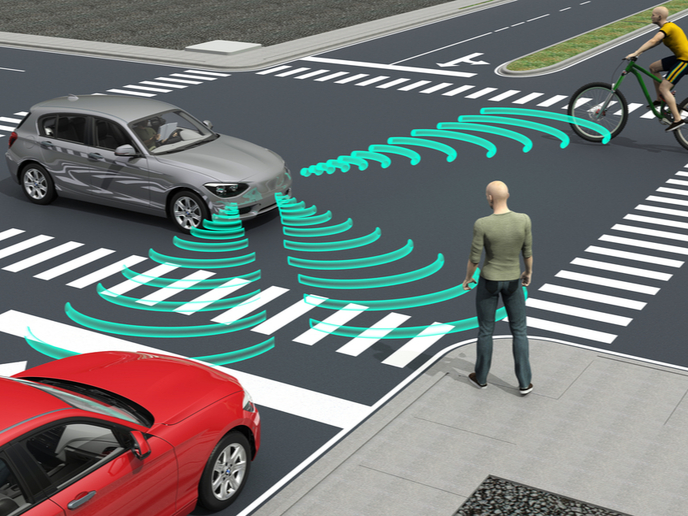A finger on the pulse of public trust in (vehicle) autonomy
Fully autonomous driving may be decades away, but mixed traffic environments with semi-autonomous vehicles are rapidly moving from the realm of science fiction to the open road. Cooperative, connected and automated mobility (CCAM) will transform an individual driver into one of many in a shared fleet of vehicles digitally connected to one another and to the transport infrastructure. Coordinated actions made possible by sharing of real-time information are expected to significantly improve road safety, traffic efficiency and driver experience while reducing emissions. As of July 2022, Level 3(opens in new window) autonomous driving is legal in Europe, meaning one can drive ‘hands free’ when relying on a car’s driver support features. Technological advances and legislative changes are one thing; support of the public is another. The EU-funded Trustonomy(opens in new window) project aimed to raise the safety, trust and acceptance of automated driving systems (ADS) via a holistic campaign addressing technology, driver training and, of course, trust and acceptance to identify where work still needs to be done.
Connected and automated mobility: technologies, training, tools and trust
Human-machine interfaces (HMIs) and driver state monitoring were key technologies Trustonomy studied. HMIs connect people to their cars and are essential for semi-autonomous vehicle operation. For example, the ‘request to intervene’ function seeks to pass control back to the driver when the ADS approaches its operational boundaries such as when sensing adverse weather conditions, accidents, or a critical malfunction. Driver state monitoring is another critical technology for ADS, given that semi automation can increase the disconnectedness/distraction of drivers. As the project coordinator Stefano Bianchi, Research & Innovation Manager at algoWatt(opens in new window), explains, “Trustonomy developed tools for automotive technology assessment, enabling HMI technologies and driver state monitoring to be studied and improved.” Effective decision support is also essential. “Trustonomy addressed aspects of automated driving support, including early warnings, trajectory planning and driver intervention performance assessment to ensure the driver is capable of taking control of the vehicle and maintaining it safely,” adds Bianchi. The project considered more than ADS technology. Bianchi states: “Trustonomy developed novel curricula and an ICT tool for drivers of diverse types of road vehicles. Trust and acceptance of vehicle automation were studied in tailored simulator experiments to ascertain how they vary and can be influenced and improved.”
Paving the way for automated driving systems
“Trustonomy tested technologies, tools, training curricula and trust in four pilots(opens in new window) covering five European countries. The pilots included lab, track and open road tests utilising simulators, cars, buses and heavy-duty trucks. They also included numerous driving scenarios, such as a stopped car or pedestrian in the road, that enabled considerations of risk and ethics,” notes Bianchi. The multidisciplinary nature of Trustonomy allowed different ideas and approaches to be explored, developed and tested. “Preparing European society for autonomous vehicles adoption is not a task solely for manufacturers and technology providers; it requires cooperation among academia, industry and European institutions. The CCAM Partnership(opens in new window) initiative and associated projects are a step in the right direction,” Bianchi concludes. Trustonomy delivered 16 scientific publications and the public deliverable(opens in new window) ‘Policy Recommendations to Facilitate the Adoption of CAD Vehicles in Europe’, paving the way forward.







